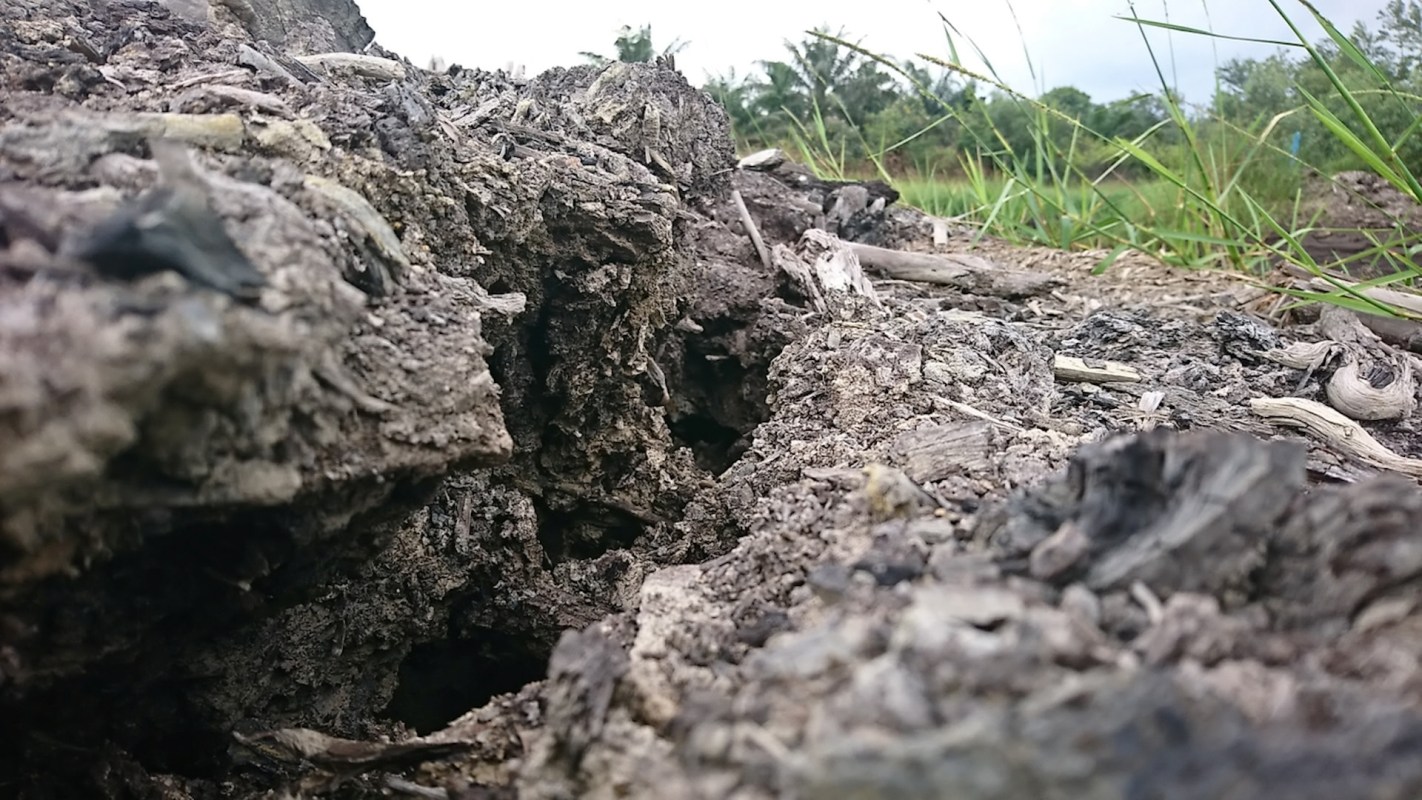Peatlands — a wetland ecosystem thought to be crucial in helping us combat a warming planet — are more susceptible to drought than previously thought, according to new research.
What's happening?
The study, published in the Proceedings of the Royal Society B: Biological Sciences, found that peatlands experience greater impact from drought than previously thought, with prolonged drought conditions significantly reducing the ability of peat to absorb additional carbon dioxide, an important planet-heating gas.
The scientists tested large peat blocks under controlled conditions in a lab, moistening them over a long period of time and then slowly drying them out. Half the blocks were exposed to mild drought, while the other half were exposed to extreme drought conditions — in nature, the latter would be similar to a period of three weeks without rain, which the scientists noted has become common in the Netherlands, a country with significant peatlands.
Why is this study concerning?
Peatlands are important carbon sinks, meaning they can absorb and hold excess carbon, helping us in our battle against an overheating planet. However, climate change itself is threatening peatlands, as areas such as the Netherlands, Scandinavia, and the Baltic states face drier summers and peat dries out.
While humankind has always faced droughts, scientists agree that they are becoming more frequent and severe due to an overheating planet.
For instance, in the past year alone, many parts of the globe have suffered from devastating droughts. In the Amazon, this has led to a shortage of drinkable water; in Spain, it has led to severe water restrictions; and in Southern Africa, Central America, and northern South America, droughts have threatened food security.
A warming planet doesn't just worsen droughts — it "supercharges" the weather in general, making natural phenomena including floods, hurricanes, and atmospheric rivers more frequent and severe. This endangers communities, who face loss of life and property, greater susceptibility to disease, power outages, and threats to food supplies.
What can I do to protect peatlands?
The study's lead author, Bjorn Robroek, said consumers can help by buying peat-free potting substrate and compost, according to SciTechDaily.
He added: "In the end, however, this is mainly a problem that will have to be solved at the political level. In the past, the buffer zones alongside rivers often consisted of peatland, but today much of this is grassland intended for agricultural use. These areas are constantly mowed and plowed and therefore hardly retain any water. As a result, water from these floodplains drains more quickly into the rivers, causing flooding."
In the meantime, a number of governments, scientists, and companies are doing their part to try to slow the heating of our planet. For instance, New York is requiring all Lyfts and Ubers to be electric vehicles by 2030. HSBC, one of the world's biggest banks, will no longer finance oil and gas fields. And Tokyo is requiring most new buildings to have solar panels.
You can help by making simple lifestyle changes, from biking more to installing a heat pump, which is a more efficient way to cool or heat your home.
Join our free newsletter for cool news and cool tips that make it easy to help yourself while helping the planet.









